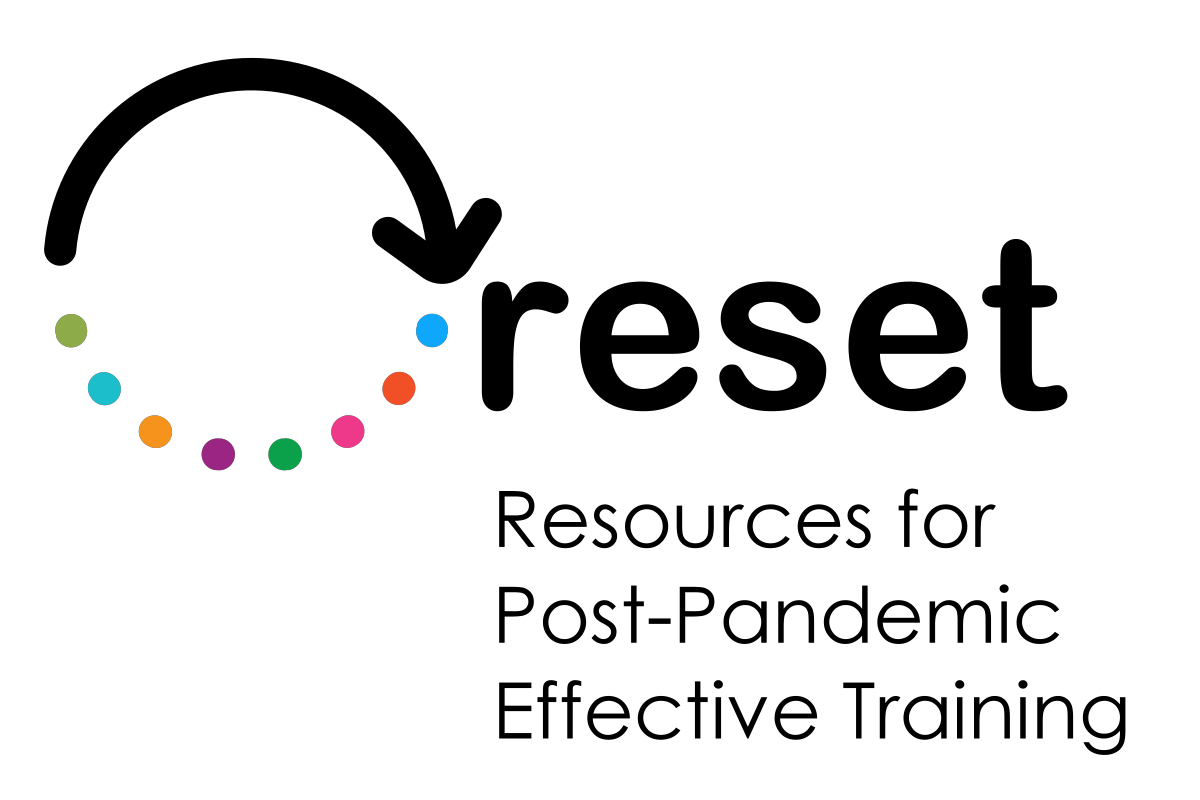 Learning styles Learning styles Learning styles and digital toolsClick to read 
Learning styles refer to the ways in which people prefer to learn new information and concepts.
- The use of digital tools in teaching should take students' differences into account, when planning learning methodologies.
- How Education Technology Works for Every Learning Style
Technology is a tool teachers can use to help students learn. It gives each student a way to learn that is the best for them. Teachers can pick what would work well in the classroom by trying different tools like PowerPoint, video, quizzes, apps, smartphones, digitally mediated exercises, etc.
The four core learning stylesClick to read 
|
Visual
Learn best by seeing information
|
 |
Auditory
Learn best by hearing information
|
|
Reading/writing
Learn best by reading and writing information
|
Kinesthetic
Learn best by hands-on experiences
|
|
Visual learners
Visual learners learn better when they see pictures. The pictorial representation of information (such as arrows and charts) allows visual learners to recall the information more accurately.
- Digital tools and activities that support visual learning
Youtube, take photos with smartphone, gps guided tours, 3d software, Virtual Reality, screenrecording, mindmaps, visual elements such as games and simulations etc.
|
 |
Auditory learners
- Some people learn best if they listen
Aural learners, learn best by hearing information and speaking their answers. They often prefer listening to lectures and engaging with audio content rather than taking notes.
- Digital tools and activities that support auditory learning
Audio recordings of lectures, podcast creation, audio books, record homework onto devices, online collaboration tools that allow students to engage in real-time discussions.
Reading/writing learners
- Learn best by reading and taking notes
Read/write learners learn primarily by reading and writing. They prefer to learn information by reading notes, handouts and textbooks. These learners make use of dictionaries and other reference materials.
- Digital tools and activities that support Reading/writing learning
E-books, digital dictionaries, thesauruses, and other language learning tools, dicational software that includes writing and editing tools, such as spell checkers and grammar checkers, Using online collaboration tools to allow students to share their writing with each other and receive feedback.
Kinesthetic learner
Kinesthetic learners are hands-on learners. They thrive when they can engage all of their senses during course work. In workshops and labs, these students work well because they are given the opportunity to engage with their hands and all of their senses.
- Digital tools and activities that support Kinesthetic learning
Record video when doing things(vlogging), assignments with real-life connections, quizzes with Branching scenarios, virtual field trips, VR, interactive tools to allow students to move, manipulate, and explore information.
Multimodal learning
Multimodal learning
Apply multiple learning styles simultaneously.
Digital tools
Students who are exposed to multiple learning styles can learn the material quicker and have a deeper understanding of what was taught within the learning process – this can be facilitated with digital tools
TestTest Yourself 
 Facilitating and roles Facilitating and roles Digital learning facilitatorClick to read 
- Digital learning facilitator
A digital learning facilitator is a person who helps facilitate learning using digital tools and technology. This may involve creating and implementing lesson plans, providing support and guidance to students, and using various types of technology, such as computers, tablets, and other digital devices, to enhance the learning experience. A digital learning facilitator may work in a variety of educational settings, including schools, universities, and online learning platforms
- Traditional learning facilitator
A traditional learning facilitator, without digital tools, has a daily life where frameworks, rules and traditions are part of the daily culture of the institution. Both teachers and students know how to behave in the familiar environment and everyone knows their role.
-The digitisation of education brings change, and with it a change of roles.
The roles of a digital learning facilitator Click to read 
|
Pedagogical role
support students in their learning and to help them achieve the learning objectives
|
 |
A social role
Facilitates the building of learning communities.
|
|
Managerial Role
Communicating the course organisation and course flow.
|
Technical role
Learn best by hands-on experiences
|
Pedagogical role
The pedagogical role refers to the role of the teacher or educator in designing, implementing, and evaluating educational experiences for learners
This includes creating lesson plans and other instructional materials, selecting and using appropriate teaching methods and technologies, and assessing student learning and progress
Managerial Role
The teacher's digital managerial role refers to the way in which they use digital tools and resources to manage and organize their teaching and learning activities. This can include using digital tools to create and deliver lessons and instructional materials, to communicate with students and parents, to track student progress
In a digital managerial role, teachers may also be responsible for integrating digital tools and resources into their teaching practice, and for adapting their teaching methods to take advantage of the unique capabilities of digital technology
Social role
In the digital age, the teacher's social role may also include helping students to develop appropriate social behaviors and attitudes in online and digital environments.
In a digital social role, teachers may also be responsible for creating and maintaining a positive and inclusive online classroom community, and for providing support and guidance to students as they navigate digital learning environments.
Technical role
The teacher's digital technical role refers to their role in using and supporting the use of digital tools and resources in the classroom. This can involve helping students to use various digital tools and resources, troubleshooting technical issues that may arise, and providing support and guidance to students as they work with technology.
teachers in a digital technical role may be responsible for training students and other teachers on the use of digital tools and resources, and for providing support and guidance as needed. They may also be responsible for staying up-to-date with the latest trends and developments in educational technology
TestTest Yourself 
 Summing up Summing up Summing upClick to read 
|
 Test Yourself
Test Yourself

